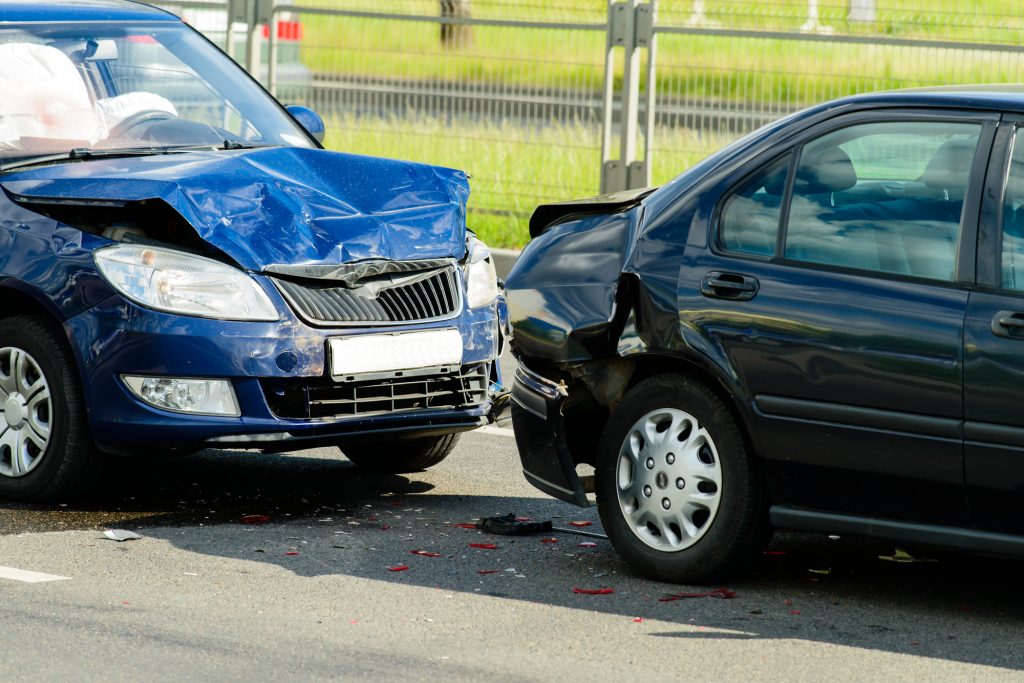What to Do in a Car Accident in Queensland (QLD)
Car accidents can be sudden and stressful, but knowing exactly what to do in Queensland can protect your safety, ensure you comply with the law, and safeguard your rights to insurance or compensation. Here’s a comprehensive, step-by-step guide to help you navigate the aftermath of a car accident in QLD.
1. Check for Injuries and Ensure Safety
Your first priority is safety. Immediately check yourself and your passengers for injuries. If anyone is injured or requires urgent medical attention, call 000 for emergency services. Do not attempt to move anyone with serious injuries unless there is an immediate danger, such as fire or oncoming traffic. If it’s safe and possible, move your vehicle out of traffic to prevent further accidents and turn on your hazard lights to alert other drivers. If you feel unwell or in shock, do not drive—ask someone to assist you or call for help.
2. Report the Accident
Reporting the accident is a critical legal step in Queensland. You must call the police if:
-
Someone is injured or killed.
-
There is significant property damage (typically over $3,000).
-
The accident is causing a hazard to traffic or public safety.
-
A driver fails to stop or refuses to provide their details.
-
A driver appears intoxicated or impaired.
Even if the accident seems minor, it’s recommended to report it to the police, as a police report number is required for any personal injury claims. If police do not attend the scene, you can report the accident online or via Policelink at 131 444 for no-injury incidents.
3. Exchange Details with Other Drivers
Queensland law requires all drivers involved in an accident to exchange:
-
Full name and contact details
-
Driver’s licence number
-
Vehicle registration number
-
Make and model of vehicles
-
Insurance details (if available)
If possible, take photographs of the other driver’s licence and vehicle number plate. This helps prevent issues with false details or swapped plates. If you damage property and the owner is not present, leave your details where they can find them.
4. Gather Evidence
Collecting evidence is vital for insurance and legal claims. At the scene, if it is safe, take photos of:
-
The accident scene from various angles
-
Vehicle damage and points of impact
-
Road conditions, signage, and weather
-
Any visible injuries
Record the time, date, and exact location of the accident. Collect contact details of any witnesses, and if possible, confirm their phone numbers by exchanging messages on the spot. Note the locations of nearby CCTV cameras and request footage promptly, as it may be overwritten. Keep all receipts for vehicle repairs and other expenses related to the accident.
5. Seek Medical Attention
Some injuries, such as whiplash or internal trauma, may not be immediately obvious. See a doctor as soon as possible, even if you feel fine. Medical records are crucial evidence for any personal injury claim. If your doctor recommends further treatment, such as physiotherapy, follow their advice. Early medical attention also helps ensure you receive insurer-funded treatment if your claim is accepted.
6. Notify Your Insurance Provider
Contact your insurer promptly to report the accident, regardless of who was at fault. Provide all collected evidence and details. Avoid admitting fault or discussing liability; simply state the facts. If you are unsure how to answer questions about fault, seek legal advice before responding. Early notification is essential for both property damage and personal injury claims.
7. Seek Legal Advice (if needed)
If you have suffered injuries or financial loss, or if there is any dispute about fault or damages, consult a legal professional experienced in Queensland car accident claims. Legal advice can help you navigate the claims process, understand your entitlements, and maximize your compensation. Lawyers can also assist in negotiating settlements or representing you in court if necessary.
8. Understand the Claims Process
Queensland has a Compulsory Third Party (CTP) insurance scheme, which provides compensation for injuries caused by another driver’s negligence. You may be eligible to claim if you were a driver, passenger, pedestrian, cyclist, or motorcyclist injured due to someone else’s fault. Compensation can cover medical expenses, lost income, pain and suffering, and care needs. The amount depends on the severity of your injuries, financial impact, and supporting evidence.
9. Be Aware of Time Limits
Strict time limits apply for lodging personal injury claims in Queensland:
-
The Notice of Accident Claim Form must be submitted to the at-fault driver’s CTP insurer within nine months of the accident, or within one month of consulting a lawyer.
-
If you miss the deadline, you must provide a reasonable explanation.

